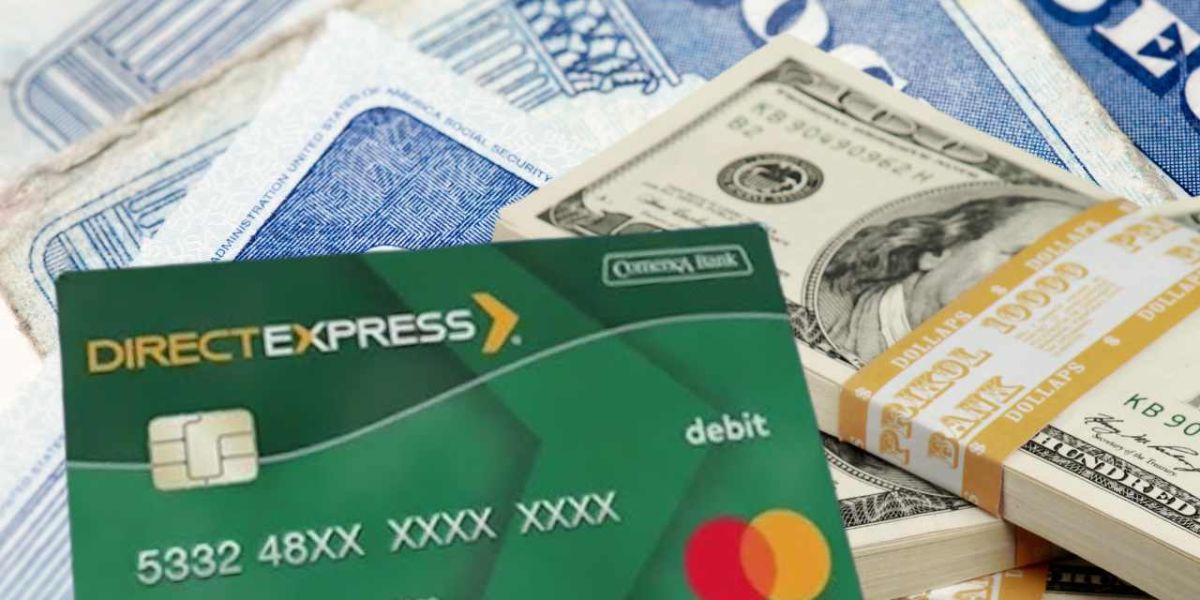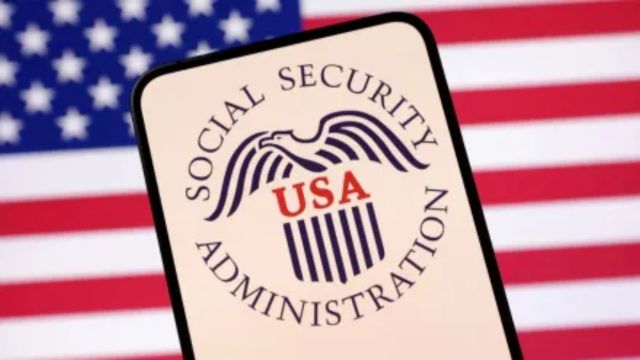For millions of Americans who rely on Social Security Disability Insurance (SSDI) (or Supplemental Security Income, if applicable), the July 2025 payment schedule provides certainty and genuine financial comfort.
The Social Security Administration (SSA) continues its birthdate-based deposit system, but this month brings a big development: some modifications are expected to happen very soon, relating a payment mode shift that will urge half a million Americans to switch to digital.
Payment dates for employees claiming SSDI benefits
The month begins with the SSI beneficiaries. They will receive a lump sum payout on Tuesday, July 1. This advance payment is typical when the first falls on a work day, with amounts as high as $967 for singles and up to $1,450 for couples.
According to the SSA’s standards, SSDI payments could reach $4,018 for workers with enough work credits to receive benefits and the greatest taxable income.
Now, the upcoming payouts for July are:
- Wednesday, July 9: Beneficiaries born between the first and tenth of the month.
- Wednesday, July 16: Born between the 11th and 20th.
- Wednesday, July 23: Born between July 21st and 31st.
One group has a special date: people who started receiving payments before May 1997, or who get both SSI and SSDI, will receive them on Thursday, July 3. This phased distribution, which has been in place since 1997, makes administrative management easier for the SSA and assists beneficiaries with monthly financial planning.
A historical transition: the elimination of paper checks
July also serves as a reminder of a major shift on the horizon. Beginning September 30, 2025, the federal government will permanently remove paper checks for all federal benefits, including SSDI and SSI, per a presidential order. “Goodbye, paper checks! “This is how the transition to electronic Social Security payments will look in the United States,” one X user said, indicating the interest this development is attracting.
Payments must be received via direct deposit, prepaid debit cards (such as Direct Express), digital wallets, or real-time transfers. The idea is straightforward: lower processing costs while minimizing fraud. However, it creates concerns among vulnerable populations, such as the elderly or those with disabilities, who may struggle with digital technologies or have limited access to banking services.
The SSA has established exclusions for those who demonstrate an incapacity to use electronic means, but the specifics remain critical.
What if your money wasn’t received on time?
Given the circumstances, you should act as soon as feasible. Beneficiaries should promptly update their banking details in their “my Social Security” account to ensure that direct deposits go smoothly. Those who are still receiving paper checks should act by September 30th by signing up for Direct Express or opening a standard bank account.
If a payment does not show on the expected date, the procedure is straightforward: first contact your bank. If the problem persists, contact the SSA at 1-800-772-1213 or visit a local office.
Despite recent operational cuts at the Social Security Administration, which have created some doubt regarding processing timelines, particularly for disability applications, no changes are expected in the amounts or mechanics of deposits slated for July.











